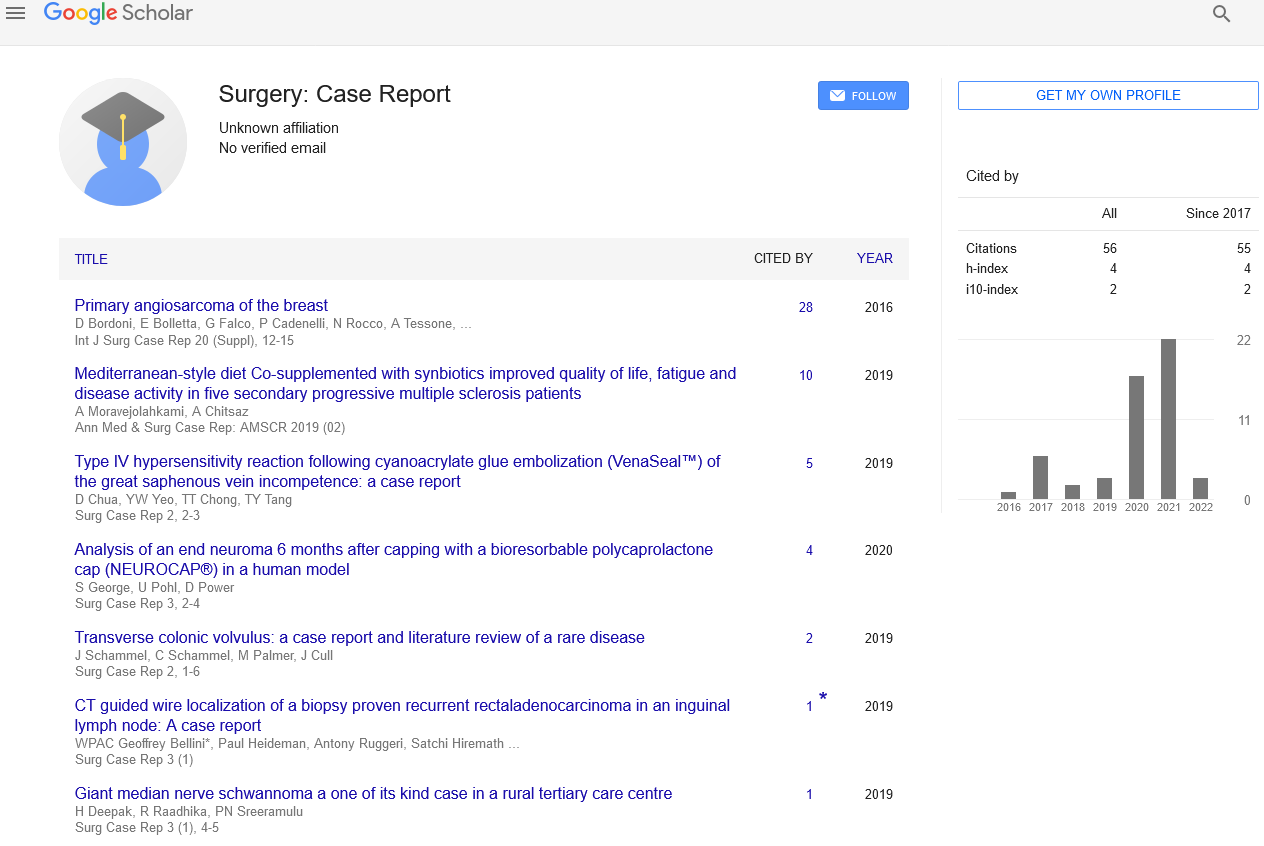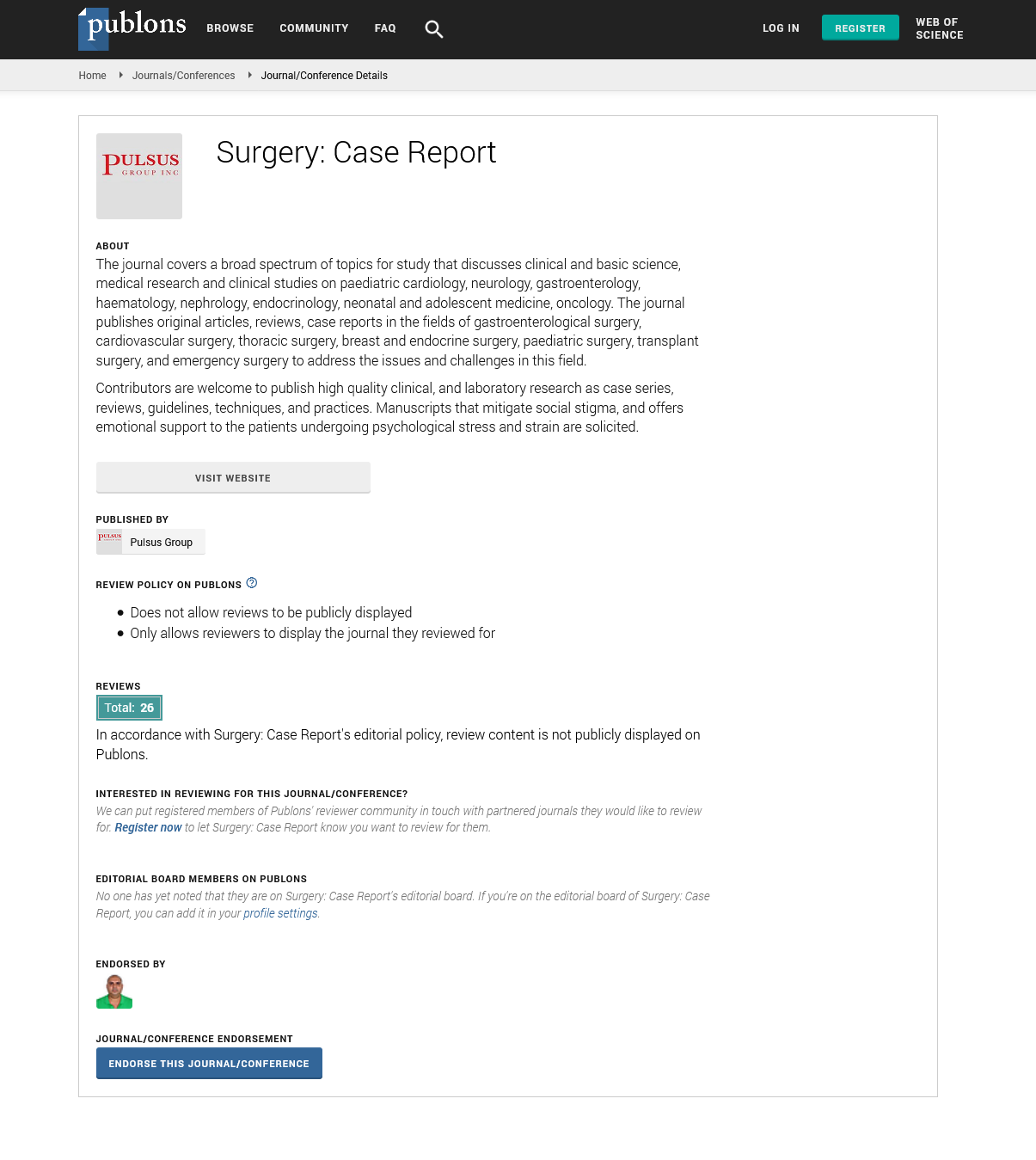Short Communication on Skin Grafting
Received: 06-Nov-2020 Accepted Date: Nov 23, 2020; Published: 30-Nov-2020
Citation: Spandana V. Editorial Note for Skin Grafting. Surg Case Rep 2021; 5:1.2
This open-access article is distributed under the terms of the Creative Commons Attribution Non-Commercial License (CC BY-NC) (http://creativecommons.org/licenses/by-nc/4.0/), which permits reuse, distribution and reproduction of the article, provided that the original work is properly cited and the reuse is restricted to noncommercial purposes. For commercial reuse, contact reprints@pulsus.com
Short Communication
Skin grafting is a surgical procedure that involves removing skin from one area of the body and moving it, or transplanting it, to a different area of the body. This surgery may be done if a part of your body has lost its protective covering of skin due to burns, injury, or illness.
Reason for Grafting
A skin graft is placed over an area of the body where skin has been lost. Some common reasons for a skin graft includes:
• Skin infections
• Deep burns
• Large, open wounds
• Bed sores or other ulcers on the skin that haven’t healed well
• Skin cancer surgery
Classification
Based on the source and thickness the grafts are classified. Based upon the source:
• Autologous: The donor skin is taken from a different site on the same individual’s body (also known as an autograft).
• Isogeneic: The donor and recipient individuals are genetically identical (e.g., monozygotic twins, animals of a single inbred strain; isograft or syngraft).
• Allogeneic: The donor and recipient are of the same species (human→human, dog→dog; allograft).
• Xenogeneic: The donor and recipient are of different species (e.g., bovine cartilage; pig skin; xenograft or heterograft).
• Prosthetics: Lost tissue is replaced with synthetic materials such as metal, plastic, or ceramic (prosthetic implants).
Based upon the thickness
• Split-thickness: A split-thickness skin graft is a skin graft including the epidermis and part of the dermis.
• Full-thickness: A full-thickness skin graft consists of the epidermis and the entire thickness of the dermis.
• Composite graft: A composite graft is a small graft containing skin and underlying cartilage or other tissue.
Risk factors
The risks of having skin grafting are as follows:
• Bleeding
• Loss of grafted skin
• Nerve damage
• Graft-versus-host disease
• Infection
Prognosis
Most skin grafts are successful, but in some cases grafts do not heal well and may require repeat grafting. The graft should also be monitored for good circulation. Recovery time from skin grafting can be long. Graft recipients wear compression garments for several months and are at risk for depression and anxiety consequent to long-term pain and loss of function.






